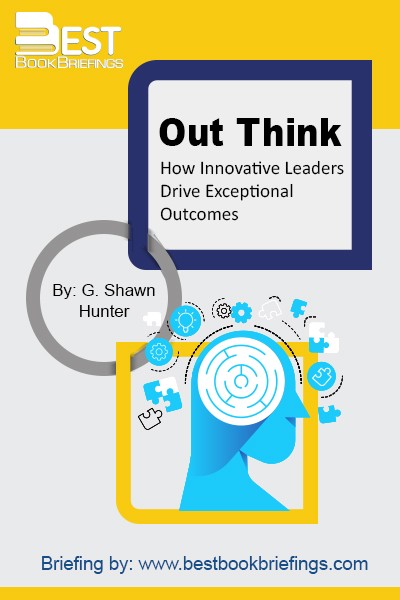OutThink
How Innovative Leaders Drive Exceptional Outcomes
Number of pages: 288
Publisher: Wiley
BBB Library: Creativity and Innovation, Corporate Success
ISBN: 9781118505229
Editorial Review
Organizations are succeeding by being open to innovation. Amazon went from being an online bookseller to a powerhouse when it started offering a wide variety of web-based services. Google and Apple have added a host of online services to their core competencies. And Toyota has enjoyed a decade-spanning, market-dominating run owing to its policy and practice of empowering its frontline employees to be innovators and change agents. Management has come a long way since Henry Ford once quipped, Why is it, whenever I ask for a pair of hands, a brain comes attached? Knowledge and expertise are easily accessible, common, expected, and cheap or even free. They no longer represent a lasting competitive advantage. We have moved to the age of creative, symphonic thinking, where the ability to harness seemingly disparate pieces of information and ideas and mash them into wholly new iterations that can be used to create innovative solutions is, in fact, the competitive advantage for individuals.
Books on Related Topics
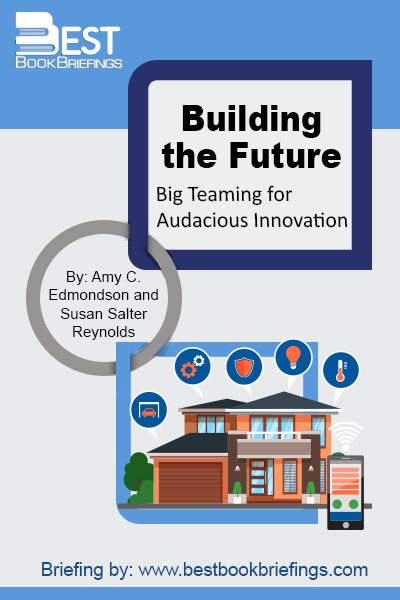
You could say that, with every step each of us takes, we are, in fact, building the future: each time we use resources carefully, each time we remember to turn the lights, and each time we choose a bicycle over a car. While it is certainly true that the future is
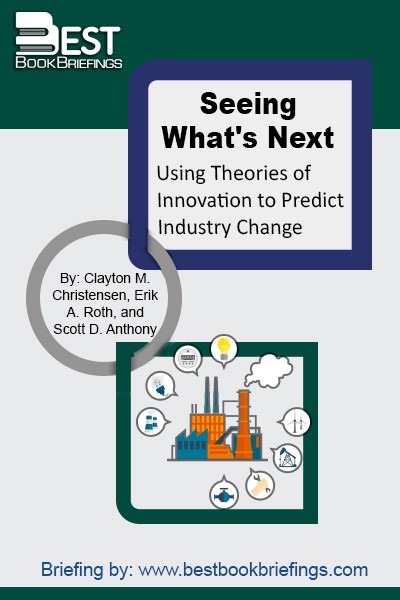
Day in and day out, millions of us take action based on what we think the future will hold. Investors buy shares when they think a company's future is bright and sell shares when they think a company's future is dim. Analysts try to understand what the future holds so they
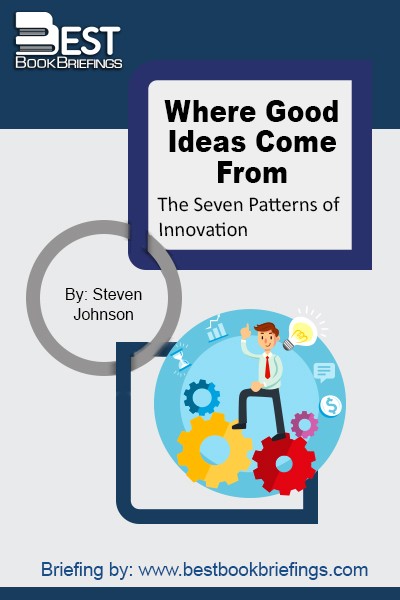
Where Good Ideas Come From is about the space of innovation. Some environments squelch new ideas; some environments seem to breed them effortlessly. Our thought shapes the spaces we inhabit, and our spaces return the favor. We argue that a series of shared properties and patterns recur again and again in
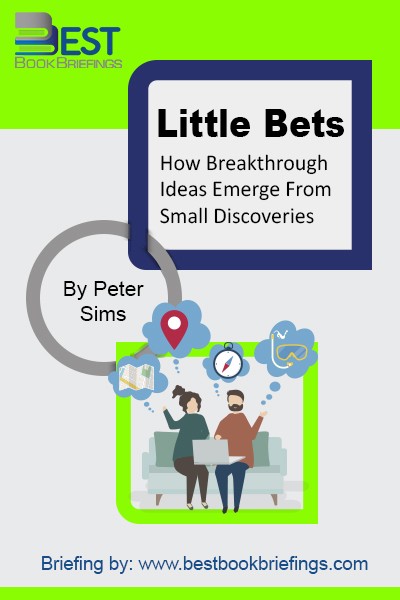
Little Bets is based on the proposition that we can use a lot of little bets and certain creative methods to identify possibilities and build up to great outcomes. At the core of this experimental approach, little bets are concrete actions taken to discover, test, and develop ideas that are achievable
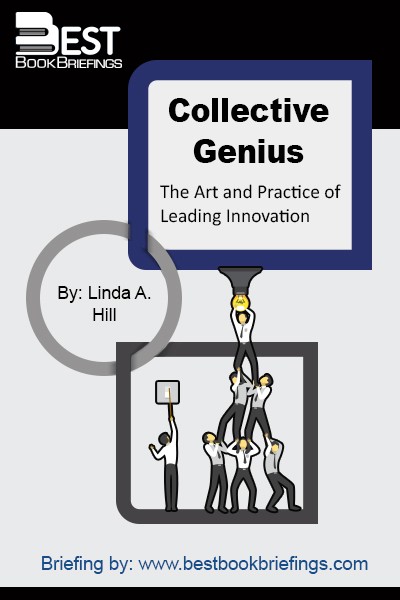
Volumes of research were conducted on innovation, and as many or more on leadership, but almost nothing was done on the connection between the two. Why is this so? Perhaps practicing leaders and management thinkers have simply assumed a good leader in all other respects would be an effective leader of
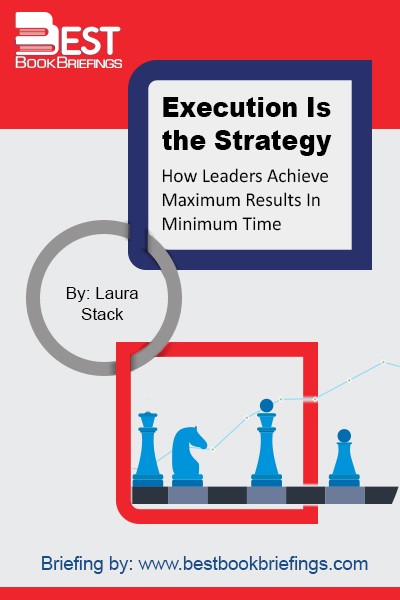
Today, leaders lean more on their team members to help them make solid, reliable decisions on how to best execute the objectives that advance the ultimate organizational strategy. That’s why execution is the strategy. You can’t strategize your way to greatness; you execute your way there! Strategy can’t be separate from
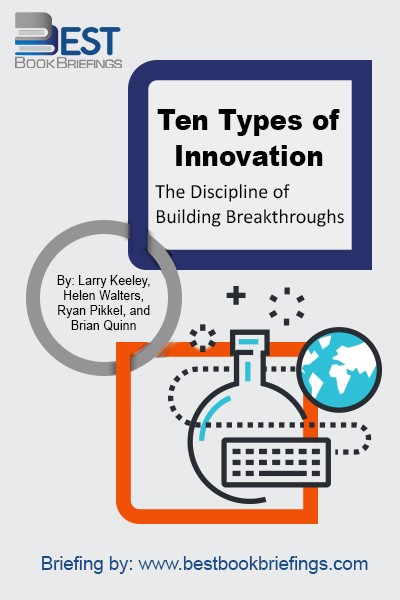
Too often, innovation is reduced to a series of brainstorming sessions. Here’s the problem; evidence shows that such techniques do not actually lead to better outcomes. A number of years ago, we researched innovation efforts in industries such as manufacturing and services. A full 95% of these efforts failed. A glance around
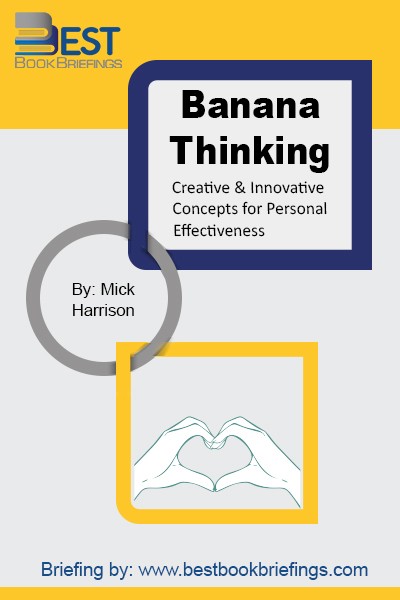
A work associate came into my office the other day eating a banana peeled from the bottom instead of the stem end. I told him that I had never thought of peeling a banana in such a manner. He told me that he had recently seen a TV documentary on a

